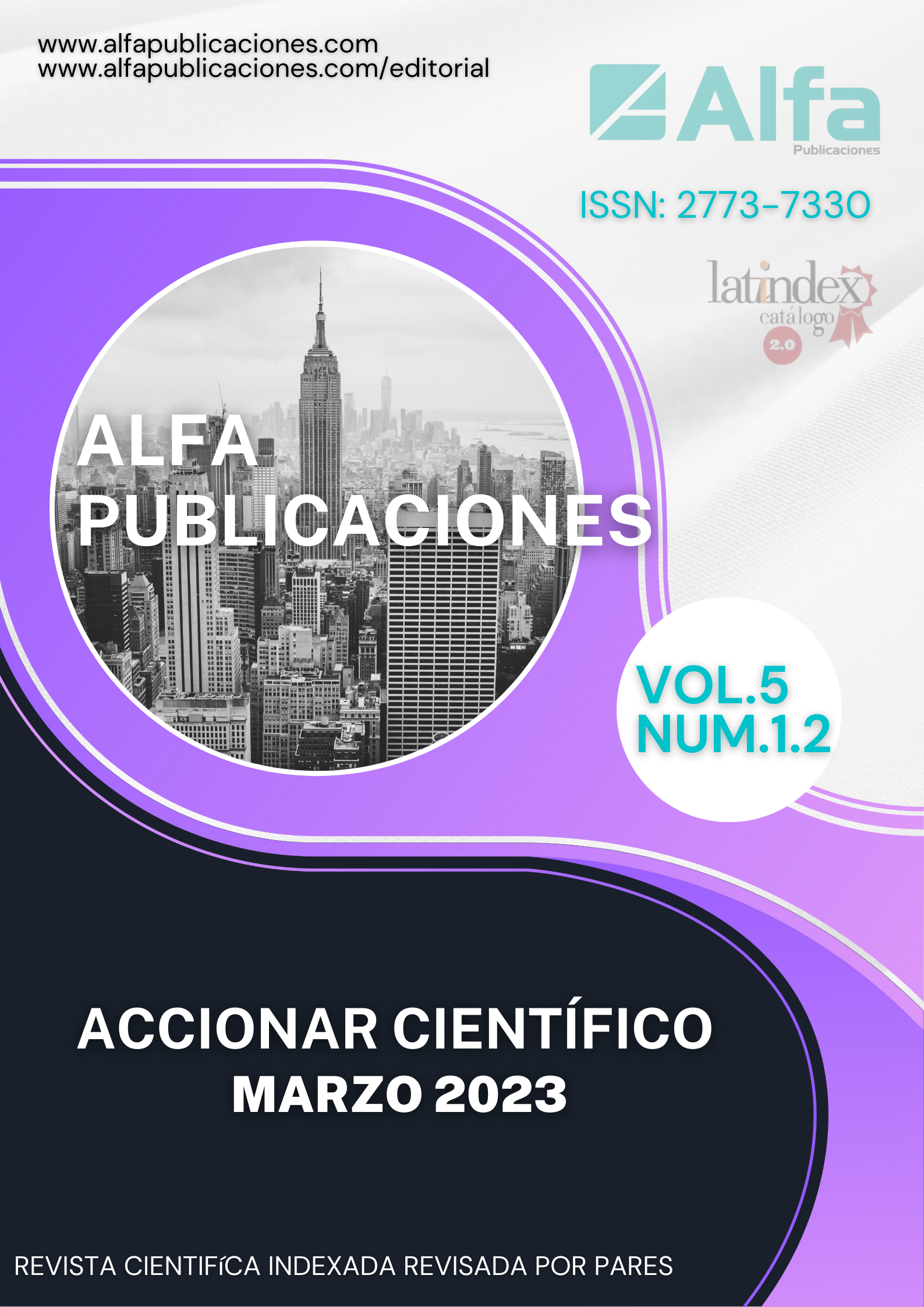Antibiotic susceptibility of bacteria presents in canine pyodermas (Canis lupus familiaris)
Main Article Content
Abstract
Introduction. Bacterial resistance has increased to a considerable extent when treating infections, and this plays a particularly significant role since it limits the veterinarian when conducting an effective treatment, which is why in these cases the use of antibiograms is essential. Objective. The objective of this study was to identify the bacteria found in samples of pyodermas and their antibiotic sensitivity in dogs that attend a veterinary consultation in the city of Cuenca. Methodology. 60 samples were taken from canine patients who came to a veterinary consultation in the city through a swab of the purulent lesion in patients who have not received antibiotics in the last 3 days, and a culture and antibiogram were performed. Results. from the general population corresponding to 60 canines, two microorganisms were isolated: 6 samples of Staphylococcus aureus representing 10% of the total study, of which Cefovecin sodium and Azithromycin presented 100% sensitivity, 66.67% sensitivity belonging to Levofloxacin, Amoxicillin, Amoxicillin + clavulanic acid, Ciprofloxacin, Cefuroxime and Doxycycline; while, with a 33.33% sensitivity we have to Cephalexin and Clindamycin; In the remaining 54 samples, coagulase-negative Staphylococcus was isolated, representing 90% of the study, obtaining a sensitivity of 81.48% for Amoxicillin and amoxicillin + + clavulanic acid, Levofloxacin 79.63%, in third place is Ciprofloxacin and Cefuroxime with a percentage of 77.78 %, followed with 74.07% are Cephalexin and Azithromycin, in the range of 50 and 60% are Cefovecin sodium, Clindamycin and Doxycycline with 64.81, and 59.26% respectively, while antibiotics with the lowest sensitivity were Penicillin and Oxacillin presenting a 7.41 and 0.00% sensitivity respectively. Conclusion. The study did not find bacterial resistance to Cefovecin sodium against Staphylococcus aureus and S. coagulase negative. The antibiotics with the highest percentage of bacterial resistance against Staphylococcus aureus and S. coagulase negative were Penicillin and Oxacillin. Study area. Veterinary.
Downloads
Article Details
dssfdsf
dsfdsf

